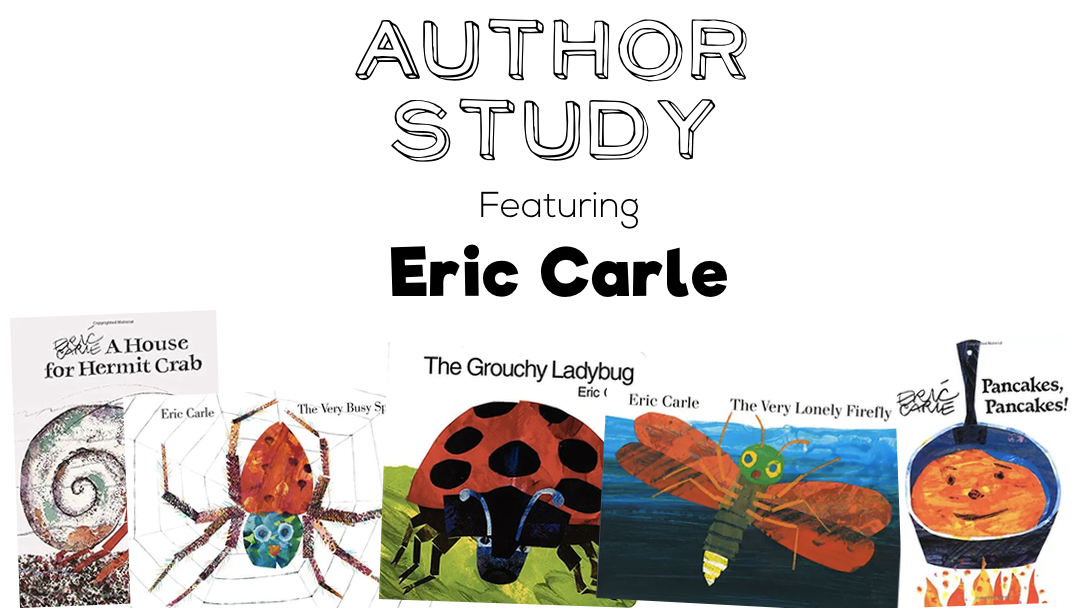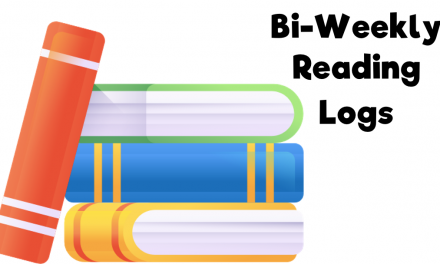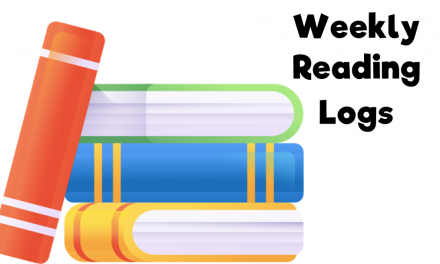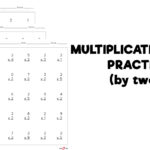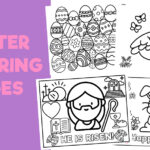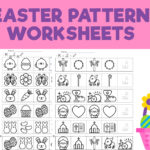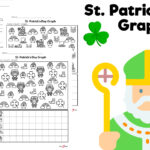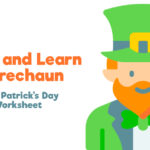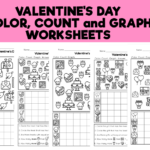Overview: With more than seventy published books, you will have no trouble finding material to build your Eric Carle author study on. Eric Carle is a great author to study with young children and early readers as his books (stories and artwork) are very recognizable. The following is a list of resources to help you implement an author study on him.
Begin by Planning: It is helpful to choose the duration of your study. This will allow you to plan accordingly and cover the amount of material you choose to share with your students. Two weeks for an Eric Carle study is a sufficient amount of time. There are more than enough titles to share during that time. With young students (pre-k, kindergarten, and even first), you may even find that they will be ready to move on after two weeks. Here is a sample two-week author study plan on Eric Carle:
Recommended Reads:
The Very Hungry Caterpillar
The Mixed-Up Chameleon
The Honeybee and the Robber
The Very Busy Spider
The Very Foolish Tortoise
A House for Hermit Crab
The Grouchy Ladybug
The Very Lonely Firefly
Pancakes, Pancakes!
How to Implement: Every author study should begin with an introduction to the author. Eric Carle happens to have a fantastic website outlining his life and work. Start at his official website.
Be sure to have a large collection of his books on hand for children to look through each day. Begin with some of his most popular titles (The Very Hungry Caterpillar, Mixed-Up Chameleon, The Foolish Tortoise, The Very Busy Spider) and discuss the common theme that Mr. Carle is known for--the use of animals and nature. Talk about his illustrative style--he works in collage, using hand-painted papers. You can find more information here.
Each day, read a selection from one of Eric Carle's collection of books. After a story has been read, discuss the story in detail (title, patterns in the illustrations, story plot, etc.). It is important to note that not all of Eric Carle's books have a problem or resolution. In that case, discuss the skills being learned. For example, animal recognition, color recognition, days of the week, counting, etc. Using chart paper, make a large graph to display during your author study. The graph is something that will be filled in as each book is read. It will allow the class to find commonalities between the books the author has written. The graph categories are:
Book Title Kind of Pictures Main Idea Main Characters Setting Problem Resolution Skills Learned
Once the graph is completed, lead the class in a written activity based on what was discussed about the book. Have on hand a copy of the front cover of the book. Provide a copy of the "Author Study Worksheet" for each child. Model how to fill in the information as you guide the class through the worksheet on the whiteboard. Alternatively, a copy of the worksheet can be made and used on an overhead projector. This activity is a great way to assess your students' handwriting and speed during those first days of school.
Extension: For each book studied, have the students engage in a follow-up art activity in which they can make a character related to the book.
A list of additional authors for your study can be viewed here.

